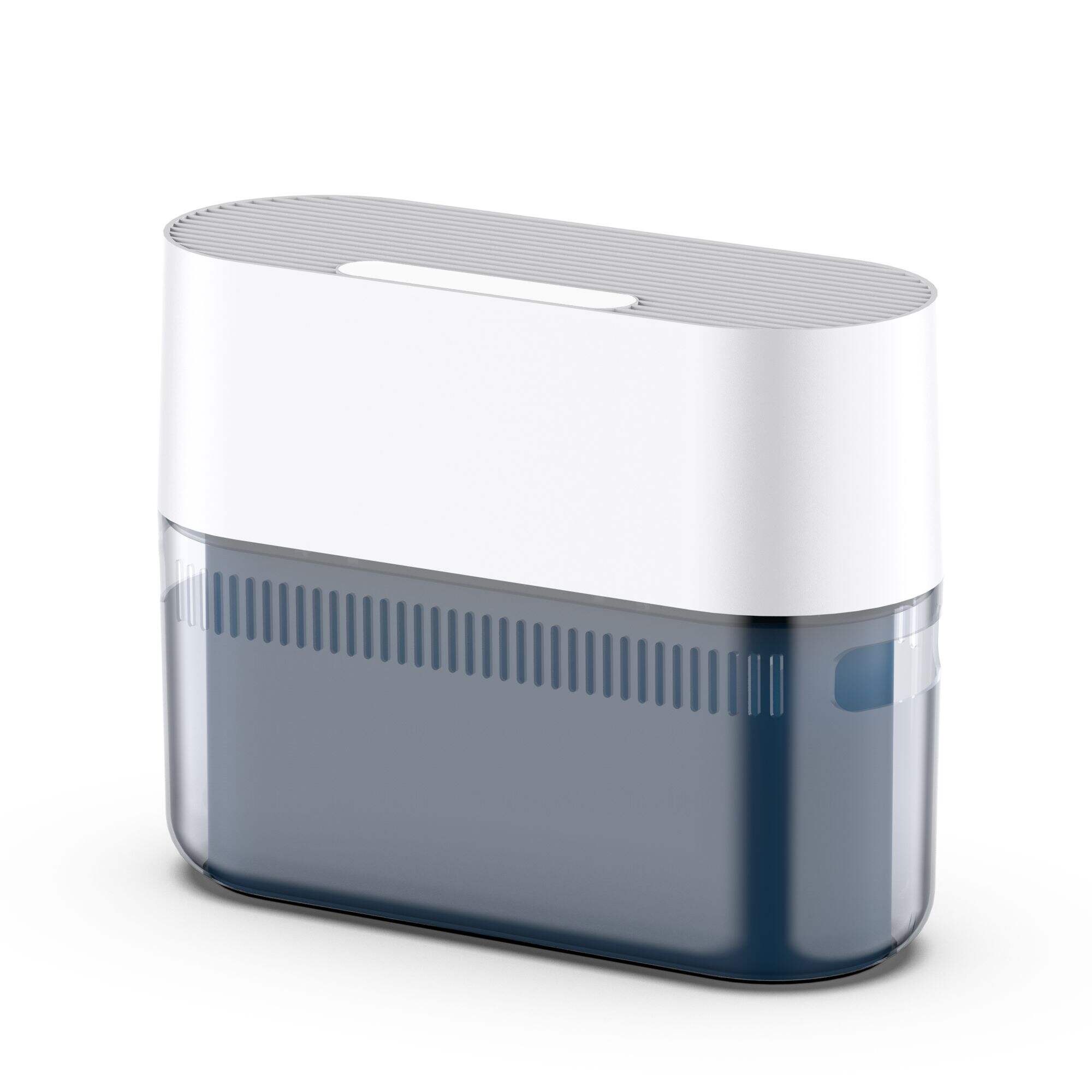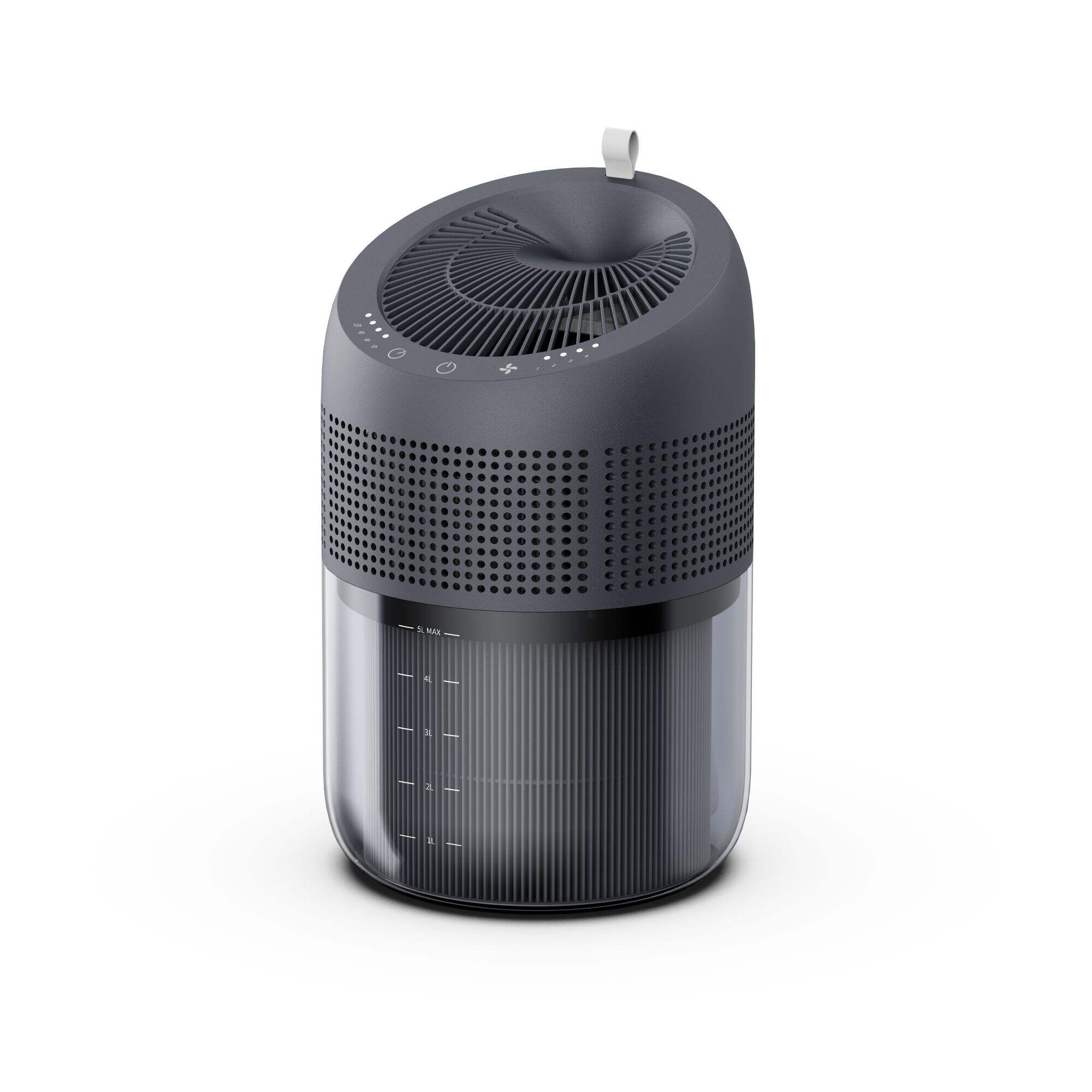Eliminating Hidden Germs in Your Air Without Strong Chemicals
Natural Ventilation Strategies for Airborne Germ Reduction
Cross-Ventilation Techniques
Cross-ventilation is an effective natural ventilation strategy that significantly enhances indoor air quality by reducing airborne contaminants. It involves strategically opening windows and doors to allow the flow of fresh air across a room or building. This natural airflow mechanism helps dilute and remove pollutants, ensuring cleaner air inside your home. An essential aspect of cross-ventilation is understanding how wind direction and external temperatures influence airflow patterns. For instance, opening windows on opposite sides of a building can create a wind tunnel effect, providing a continuous exchange of indoor and outside air. The orientation of the structure and the prevailing wind directions must be considered to optimize ventilation effectively.
Studies indicate that efficient cross-ventilation can achieve up to a 70% reduction of airborne contaminants, making it a crucial component in maintaining a healthy indoor environment. Particularly in areas with significant airflow restrictions, employing cross-ventilation can lead to substantial improvements in air quality. By integrating this simple yet potent technique, homes can maintain healthier environments and reduce the reliance on mechanical ventilation systems, which may not be as effective or energy-efficient in all scenarios.
Optimizing Exhaust Fan Usage
Exhaust fans play a pivotal role in actively removing stale air and airborne germs from indoor spaces. These fans are particularly effective in areas like kitchens and bathrooms, where moisture and pollutants frequently accumulate. The primary function of exhaust fans is to extract indoor air and expel it outside, thus reducing the concentration of bacteria, viruses, and other contaminants. For maximum efficiency, it is recommended to use exhaust fans during activities that generate a lot of airborne particles, such as cooking or showering.
Mechanical ventilation, including the use of exhaust fans, has been shown to significantly improve air exchange rates, thereby minimizing germ levels. According to experts, proper usage of exhaust fans can considerably enhance indoor air quality by increasing the rate of air turnover, which is critical to diluting the presence of pathogens. This mechanical strategy works best when combined with natural ventilation techniques like cross-ventilation, ensuring comprehensive air cleansing and creating a healthier indoor environment.
Harnessing Plants & Essential Oils as Natural Purifiers
Top Air-Cleaning Houseplants (Spider Plant, Peace Lily)
Houseplants such as the spider plant and the peace lily offer significant benefits in air purification. These plants are particularly well-known for their ability to absorb pollutants, including formaldehyde and benzene, substantially improving indoor air quality. According to a NASA Clean Air Study, certain houseplants can remove up to 87% of air toxins within 24 hours. This enhancement in air quality is not only beneficial for overall health but also provides a natural aesthetic to home spaces.


To maximize the air-purifying potential of these plants, proper care is essential. Spider plants thrive in indirect sunlight and require well-drained soil, watering only when the top soil is dry. Peace lilies, on the other hand, prefer moderate sunlight and slightly moist soil. By maintaining optimal conditions, these houseplants not only beautify the environment but also serve as efficient air-cleaners, promoting a healthier indoor space.
Antimicrobial Essential Oil Blends
Antimicrobial essential oils like tea tree and eucalyptus are gaining popularity as natural air purifiers. These oils possess potent antimicrobial properties, which help reduce airborne bacteria and viruses. A study published in the Journal of Applied Microbiology noted that tea tree oil effectively inhibits bacteria and fungi, making it a valuable component for air purification.
A simple yet effective DIY recipe involves combining a few drops of tea tree oil, eucalyptus oil, and peppermint oil in a diffuser. This blend not only purifies the air but also offers a refreshing scent that invigorates your living space. Research indicates that these essential oil blends can reduce airborne pathogens by up to 30%, contributing to a cleaner, healthier environment.
While essential oils are effective, it is important to use them correctly. Ensure adequate ventilation when diffusing oils and avoid excessive use to prevent overwhelming the senses. When used mindfully, essential oils can become a natural and aromatic solution for maintaining clean indoor air.
Humidity Control to Inhibit Germ Growth
Ideal Humidity Levels for Healthier Air
Maintaining ideal humidity levels is crucial for ensuring healthier air quality and inhibiting germ growth. Studies show that the optimal range is between 30-50% humidity, which helps prevent the proliferation of mold and bacteria. For example, a study published in Environmental Health Perspectives highlighted that maintaining such levels can particularly inhibit mold spores' ability to thrive, thereby reducing potential respiratory issues. To monitor and maintain these levels efficiently, it is advisable to use hygrometers, which are specifically designed to measure indoor humidity. Furthermore, strategies such as using dehumidifiers in damp areas or humidifiers in dry environments can assist in maintaining an ideal balance.
HEPA Filters vs. Natural Moisture Balance
When considering air quality improvements, one may debate the effectiveness of HEPA filters versus maintaining natural moisture balance. HEPA filters are particularly efficient in removing allergens, dust, and germs from the air, as confirmed by statistics from health organizations showing a significant reduction in airborne particles with their use. These filters are ideal in scenarios with high dust or pollen presence, offering immediate air purification benefits. On the other hand, maintaining natural moisture balance might be better suited to environments where consistent humidity is needed to prevent dryness or growth of molds, as this helps sustain a healthy indoor ecosystem. Deciding between these methods should depend on specific indoor health impacts, and integrating both can provide comprehensive air quality enhancements.
Non-Toxic Tools for Cleaner Air
4-Tube Adjustable Electric Shoe Dryer: Preventing Dampness
The 4-tube adjustable electric shoe dryer plays a crucial role in minimizing moisture buildup in footwear, effectively preventing mold growth. By ensuring shoes remain dry, the dryer contributes to healthier indoor air quality by reducing mold spores that can proliferate in damp environments. Users have reported positive experiences with the dryer, highlighting its effectiveness in maintaining dry shoes, which directly translates to improved indoor air quality. Furthermore, having dry footwear reduces the likelihood of carrying moisture and mold indoors, supporting an overall healthier living environment.
Portable Home Humidifier for Large Rooms
A portable home humidifier is essential for improving air quality, especially in larger spaces. These devices add moisture to dry air, creating an environment that inhibits the growth of germs and allergens. Distinguishing between types of humidifiers, portable models are particularly advantageous because they can be easily moved to different areas as needed. Customer reviews often praise their ability to maintain ideal humidity levels, significantly enhancing air quality. When considering air humidification options, it's beneficial to choose products highly rated for their performance in large room settings.
Desktop Cool Mist Humidifier for Targeted Use
A desktop cool mist humidifier is ideal for enhancing air quality in smaller, target-specific areas. These compact devices deliver moisture directly to the air, providing personal comfort and health benefits, particularly for those with respiratory issues. People often find relief from dry conditions, improving both breathing and skin moisture levels. User reviews are enthusiastic about their effectiveness, ease of use, and the ability to manage humidity in concentrated spaces like work desks or small bedrooms, making them a valuable addition to personal spaces in need of air quality improvement.
Avoiding Chemical Contaminants
Risks of Synthetic Air Fresheners
Synthetic air fresheners, although widely used, pose several health risks. These products often contain hormones disruptors along with volatile organic compounds (VOCs) that can lead to harmful implications for human health. According to numerous health agencies, including the Environmental Working Group (EWG), exposure to these chemicals can cause respiratory issues and exacerbate allergic reactions. For instance, a study by the American Lung Association highlights the risks of increased asthma symptoms and other respiratory problems due to synthetic fragrances commonly found in air fresheners. It's crucial to consider these factors and explore non-toxic alternatives that promote better indoor air quality. Opt for options like natural essential oils, which provide a safer means to deodorize and refresh your living spaces without the associated health concerns.
Beeswax Candles & Salt Lamps as Alternatives
Beeswax candles and salt lamps are two eco-friendly alternatives that help improve air quality without chemical contaminants. Beeswax candles are particularly beneficial as they release negative ions into the air, which aid in purifying it by neutralizing pollutants. This process not only enhances air quality but also supports those with asthma or respiratory sensitivities. Salt lamps, such as those made from Himalayan pink salt, work similarly by pulling toxins from the air, offering a natural purifying effect that remains even when the lamp is switched off. Studies comparing traditional paraffin candles with beeswax options have further underscored the health benefits, showcasing reduced exposure to soot and toxic compounds. Therefore, transitioning to these natural alternatives not only contributes to a healthier indoor environment but also aligns with sustainable, eco-friendly living practices.

 EN
EN
 AR
AR
 NL
NL
 FR
FR
 DE
DE
 EL
EL
 HI
HI
 IT
IT
 JA
JA
 KO
KO
 PL
PL
 PT
PT
 ES
ES
 ID
ID
 VI
VI
 TH
TH
 TR
TR
 MS
MS



